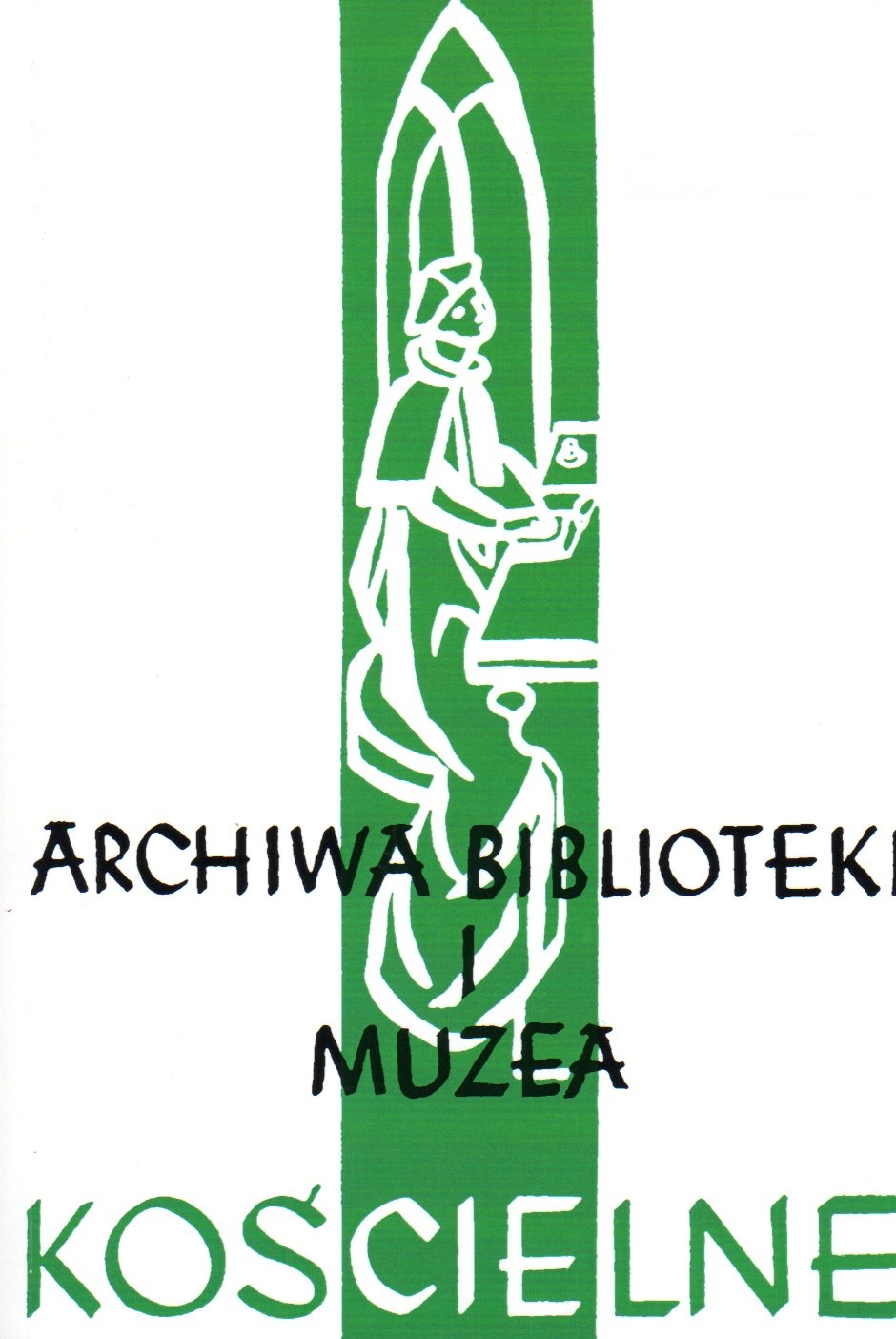Współczesne muzea religijne archidiecezji lubelskiej
Modern Religious Museums of Lublin Archdiocese. Productions and Projects
Author(s): Beata SkrzydlewskaSubject(s): History
Published by: Katolicki Uniwersytet Lubelski Jana Pawła II - Wydział Teologii
Keywords: museums; Catholic Church; Lublin Diocese; Wąwolnica; Lublin
Summary/Abstract: Since the time of transformations in Poland in 1989, religious museums following the latest exhibition trends, have been set up in effect of the political transformations that contributed indirectly to the changes in the Church organisational structures. In 1992 by the virtue of Papal Bull Tuus Poloniae Populus the Church structures in Poland were reorganized. At that time there were 12 new dioceses and 5 new metropolises. The amendments to the national law: the new Act on Protection and Conservation of Historic Sites and the new Act on Museums substantially influenced the current status of church museums. Following the commencement of the Concordat between the Holy See and the Republic of Poland on 28th July 1993 those acts of law should be abode by the organizers of church museums. Religious museums were provided with new operational guidelines by means of the circular letter Pastoral Functions of Church Museums issued by the Papal Commission for Church Cultural Heritage on 15th August 2001. Since the accession of Poland to the European Union, the managers of sacred construction sites have been raising funds for repair works and establishment of museums. Thanks to such funding sources, a number of museums have been set up, inter alia in Lublin Archdiocese. Amongst them the Museum of 200-year Diocese in Lublin, the Museum of the former Saint Brigid’s Church in Lublin, the Museum of the Shrine in Wąwolnica or the Museum of the Dominican Monastery in Lublin should be highlighted. There is still a number of projects that have not been implemented due to the lack of funding sources: Ignacy Konarski Museum of the Roman Catholic Parish of the Assumption of the Blessed Virgin Mary in Opole Lubelskie, Arrangement of Museum Exhibition of Parish History and Town of Końskowola, Scenario and Interior Design of Permanent Exhibition of the Friars Minor Capuchin Monastery in Lublin ul. Krakowskie Przedmieście Street 42. Museums stand for signs of the times of their establishment. They are influenced by the changing habits, trends, fashions visible either in interior decoration or in the final selection of related items or units as well as on displays. Within the context of various transformations, the problem of preservation of identity of church museums and achievement of assigned targets or missions arise.
Journal: Archiwa, Biblioteki i Muzea Kościelne
- Issue Year: 2013
- Issue No: 100
- Page Range: 315-325
- Page Count: 10

